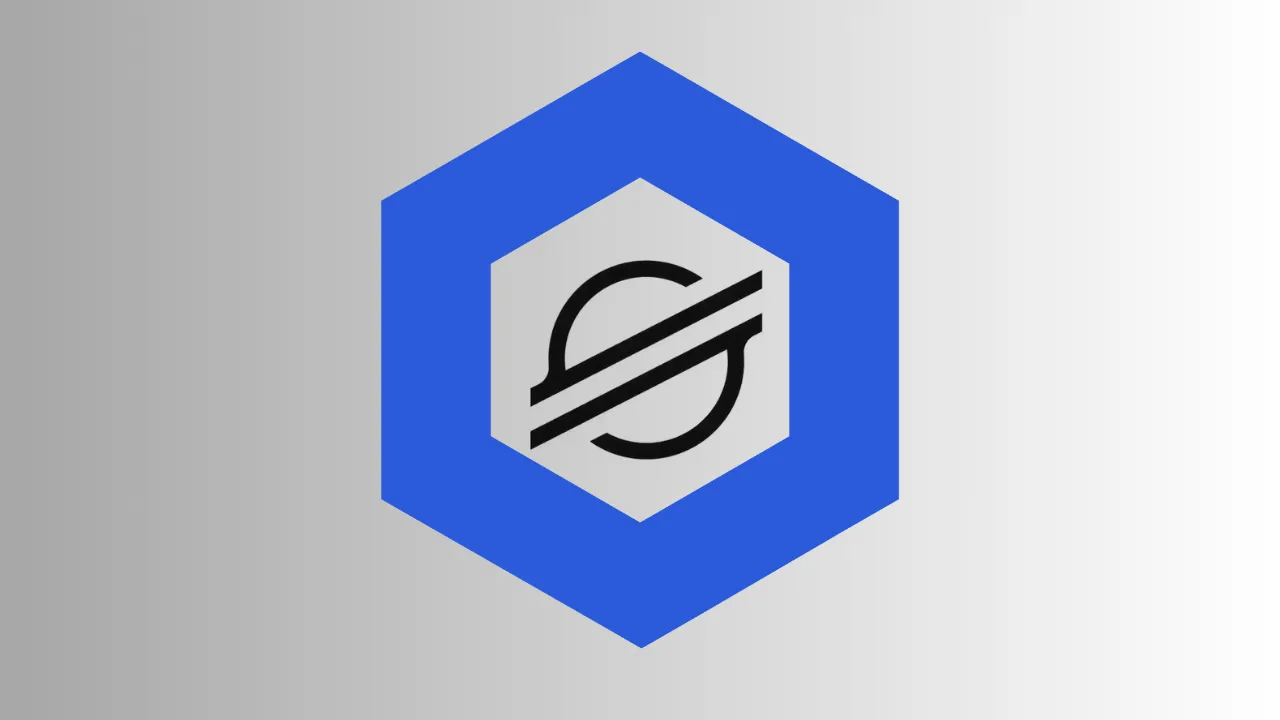How Big Can DeFi on Hedera Hashgraph Become? AllinCrypto July 30, 2025
Hedera Hashgraph has steadily been gaining attention in the decentralized finance industry, welcoming web3 developers to build on top of the Hedera network.
While still early in its DeFi evolution, recent developments suggest that Hedera’s ecosystem could grow significantly in the near future.
The real question is: could Hedera one day rival platforms like Solana when it comes to DeFi abilities and dominate in the DeFi realm?
Early Growth in Hedera’s DeFi Ecosystem
As of mid-2024, Hedera’s DeFi sector has shown remarkable growth from a relatively low TVL and active addresses.

Total Value Locked (TVL) on Hedera protocols rose significantly in Q4 2024, leading into Q1 2025, led primarily by activity on SaucerSwap, the Hedera network’s leading decentralized exchange offering users a wide range of DeFi features.
HBAR’s TVL is increasing rapidly in late 2024 and early 2025 could signal user confidence and protocol expansion despite market conditions. The network has also witnessed strong developer activity as the Hedera Foundation begins to incentivize web3 builders to come to HBAR.

New DeFi protocols are entering the ecosystem, including Bonzo Finance, a lending platform, and Sentism.ai, a platform that aims to enhance DeFi trading on Hedera. These new services are critical in building out the kind of DeFi infrastructure that networks like Ethereum and Solana offer.
Strategic Incentives and Institutional Support
The Hedera Foundation has allocated over $150 million in DeFi incentives to attract web3 developers to build within the ecosystem. This has helped the network grow its DeFi offerings, which can also contribute to transaction volume and protocol activity.
Thrive Protocol, a platform aimed at fueling growth across top crypto ecosystems, recently completed a competition on Hedera whereby winning projects would gain funding while being developed and deployed on HBAR.

There are signs of Hedera’s DeFi ecosystem becoming more mature, mirroring the early growth patterns of major DeFi ecosystems like Solana and Avalanche during their initial boom periods.
In recent months, the Hedera Foundation has introduced new ways of getting non-Hedera web3 developers involved in the network. The Hedera Stablecoin Studio, Developer Playground, and Hedera AI Studio are toolkits that help developers and businesses make the leap into Hedera DeFi.
With toolkits for stablecoin creation, developers and businesses can easily use Hedera to make and launch stablecoins such as Hedera’s Australian AUDD stablecoin.
The Hedera AI Studio will allow developers to create AI agents on HBAR while also being able to integrate AI into HBAR-based projects. The Developer Playground, backed by Kabila, helps experienced or newbie web3 developers program dApps in a streamlined environment.
This ecosystem growth is also supported by strong institutional backing. The Hedera Council includes major global firms such as Google, IBM, Arrow Electronics, LG, and more. This Council adds a layer of credibility and long-term alignment that is rare in most DeFi networks.
How Hedera Compares to Solana, a DeFi giant
Technologically, Hedera offers performance metrics that rival and surpass existing chains. With a general throughput of over 10,000 transactions per second, sub-second finality, and predictable transaction fees costing fractions of a cent, Hedera is well-positioned for DeFi scalability.
Solana, while a lot more decentralized compared to HBAR due to its consensus and validator system, has experienced network outages and congestion under high load.
Hedera, in contrast, has prioritized reliability and energy efficiency with zero network congestion. The network has also been built with future-proofing in mind, making Hedera more robust and versatile as it ages.
In terms of decentralization, Hedera is often criticized for its permissioned council model. While this gives it a structured governance system, it may not appeal to those who favor networks that are largely controlled by the average user, with token holders being able to become node runners and sharing network ownership.
Ultimately, it will come down to whether investors mind the centralized nature of Hedera and how HBAR’s core mission as an institutional network means the network’s Hedera Council centralization is key for industry trust.

For Hedera to seriously rival Solana in DeFi, it will need to build on its current momentum. That means onboarding more developers, launching a broader range of protocols, and increasing TVL into the billions of dollars. Continued support from the HBAR Foundation and successful deployment of real-world asset (RWA) tokenization could help push Hedera into that next tier of DeFi platforms.
Integration with oracles like Pyth Network, support for EVM-compatible smart contracts, and scalable infrastructure all give Hedera the technical tools it needs. The final step is user adoption, driven by accessible interfaces, liquidity, and trusted platforms.
The Road Ahead for Hedera DeFi
Hedera’s DeFi ecosystem is growing rapidly, supported by strategic funding from the Hedera Foundation, network reliability, and an increasingly capable developer environment.
While it has a long way to go before reaching Solana’s current levels of DeFi activity, the potential is clearly there.
With the right mix of adoption, innovation, and sustained growth, Hedera could evolve into a leading DeFi platform. Whether it becomes comparable to Solana will depend not only on its technology but on how effectively Hedera builds a community of DeFi participants.
The post How Big Can DeFi on Hedera Hashgraph Become? first appeared on AllinCrypto.







